| Home > RX-7 > Tech/Mods > Modifications > How To Shim The Oil Pressure Regulator |
| Home > RX-7 > Tech/Mods > Modifications > How To Shim The Oil Pressure Regulator |
There are several situations in which you would want higher oil pressure then the stock 64-78 PSI (at 3000 RPM and above). These include engines that are going to operate often at high RPMs, engines that will be producing significantly more power then stock, or engines that are going to otherwise operate in extreme conditions. High oil pressure means more oil flow through the engine, better cooling of internal parts, and stronger oil film between moving parts and their bearings. All of these generally lead to better lubrication and better reliability under stressful situations.
All of the major rotary vendors sell adjustable oil pressure regulators and they certainly have their place if you intend to "fine tune" your oil pressure. But in general a person will set the oil pressure at the time of the engine build and then forget about it for the life of the engine. Therefore, it is relatively easy to take a stock pressure regulator and modify it to produce higher pressures.
This document contains instructions on how to do just that. The procedure is easy and can generally be accomplished in under an hour assuming that the oil pressure regulator is already removed from the engine. Normally this is at the time of the initial engine build. The regulator can be removed from the engine while it is still in the car, but this can be a major pain in the butt due to limited access, high torque spec on the regulator and the use of Loctite on the threads. If you do wish to attempt pressure regulator removal with the engine in the car then the Haynes and Factory Service Manuals have instructions on how to do so. In summary you will need to pull the passenger side engine mount and pull the oil pan to gain access to the regulator. It will come out with a 28MM socket and you'll need either a breaker bar or ratchet with a very small head to have enough clearance to fit the socket over the end of the regulator.
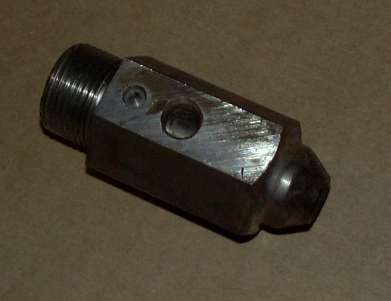
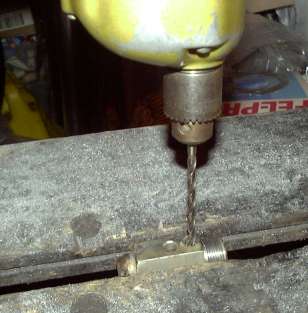
The roll pin is now ready to be removed.
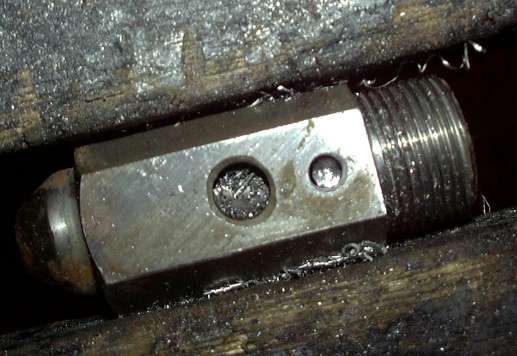
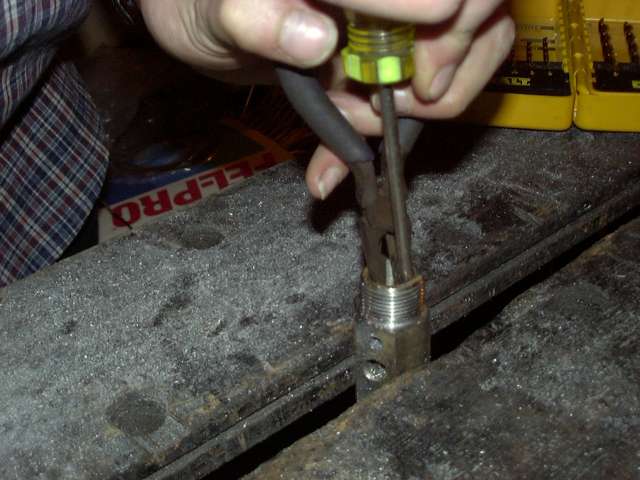
The pin has been removed from the regulator body and can now be discarded.
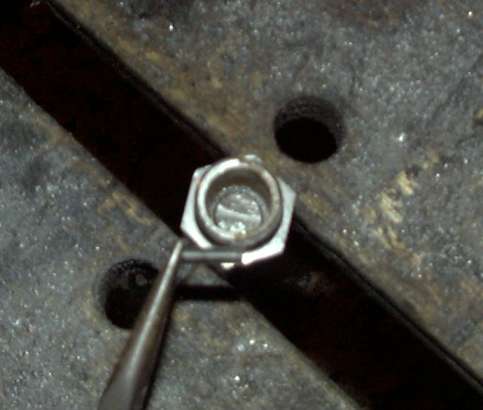
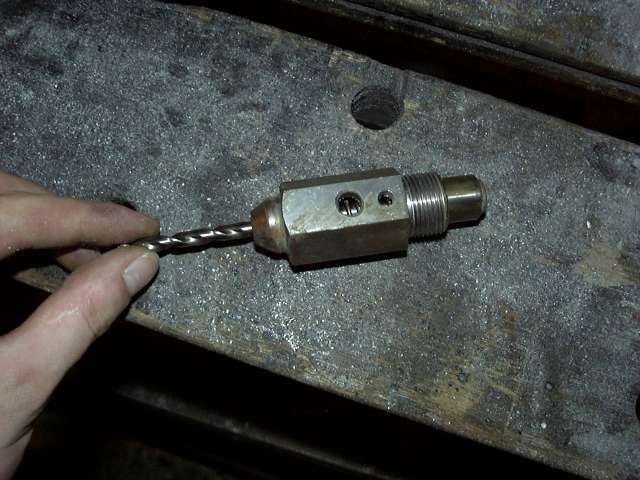
With the regulator disassembled you can see how simple it is. The regulator is connected to the oil passage in the rear iron that comes from the oil cooler and leads up to the oil filter. Pressurized oil presses on the face of the piston through the threaded area of the regulator, compressing the spring. This spring is calibrated to determine oil pressure of the engine. As the spring starts to compress, the piston moves towards the tapered end of the regulator and starts to open up the bypass hole. This vents excess oil. As oil pressure lowers, the spring pushes the piston back towards the threaded area and closes the bypass hole. The regulator really only opens up above 3000 RPM or so because that's when the oil pump starts producing enough volume to create higher pressures.
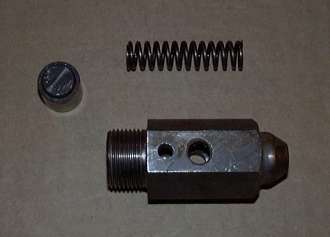

If you want to go past 100 PSI then you will need to shim the front cover regulator as well. The procedure for shimming is exactly the same but access is a whole different story. It is beyond the scope of this article to cover the front cover regulator. In a nutshell, you need to remove the nut from the bottom of the cover after the oil pan has been removed, use a magnet to get the piston from the top of the bore, insert washers and then reinsert the spring and tighten the bottom nut.
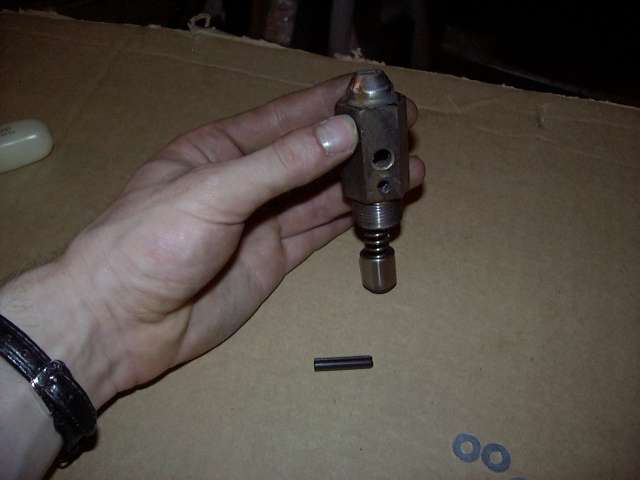

Using a hammer, pound the pin into the regulator until it seats. Be careful not to miss and hit the threads. The pin should seat solidly in the bottom of the regulator. Check the piston to make sure it still moves smoothly.


1. The 3rd Gen (FD) pressure regulator is already set up for 80 PSI and is a direct swap in to all 13Bs and 12As. It's available surprisingly cheaply (less then $50) at the dealer so it might be an option if you don't want to go through the trouble of shimming your own.
2. When reinstalling the regulator, be sure to torque it properly. The spec is 70 Ft-LBs. Also use some Loctite on the threads as the regulators have been known to work loose in high vibration applications.
Back To Mods Page | Mail Me | Search | ![]()